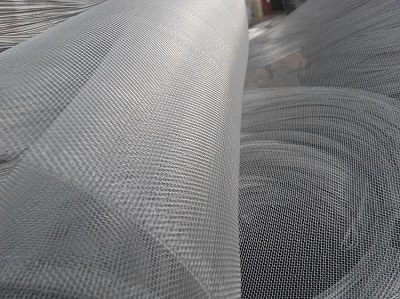
Use Of Sintered Mesh For Filtration And Ultrapurification
The sintered mesh is made from several layers of wore mesh that are woven together in a panel with the help of sintering process, which combines the pressure and heat to bond multiple layers of mesh. In fact, the physical process that fuses the individual layers together within a single layer of mesh is also to be applied for fusing the adjacent layers of mesh resulting in the creation of a material that is unique with exceptional mechanical properties. Whether it is for ultrapurification or filtration, the use of sintered mesh is ideal. The following are the kinds of sintered mesh available.
- The combination of five layers of sintered mesh.
- Multiple layers of plan and woven square mesh sintered together.
- Sintering of several layers of dutch-woven square mesh.
- Sintering with the help of perforated plate and multiple layers of stainless steel wire.
Advantages of sintered mesh than the other options
When compared with the other mesh options, the sintered mesh offers scores of advantages for the process of ultrapurification.
- Lending high strength and durability at high temperatures.
- High rate of purification and filtration
- Due to two protective layers the filter mesh is not easy to deform.
- Can be used for uniform filtration in a highly viscous and high pressure environment.
- It is suitable for cutting, punching, bending, stretching, and welding.
The sintered wire mesh filter is used for the process of filtration and purification of liquid and gas, for separation and recovery of solid particles, controlling airflow distribution, reduction of noise, limitation of current, controlling the distribution of airflow, and for cooling under extremely high temperature. It is also used for filtration and purification in the petrochemical, pharmaceutical, and the environmental protection industry.
Multiple or single layer of sintered mesh
The sintered mesh laminate belongs to a high quality and high strength porous material that is made from stainless steel or other category of alloys. Whether it is the multiple or single layers of woven wire mesh, they are bonded together with the help of a special technique that is based on diffusion bonding. When compared with a conventional wire mesh, the sintered mesh offers more strength and stability.
Based on the number of layers, the sintered mesh can be divided into the following categories.
- Single layer mesh laminate
The single layer of woven mesh comes with some disadvantages, but it is widely used for different filtration and purification applications. The only problem is the tendency of the mash to fray at the edges, making the wires to shift within the weave, which in turn changes the entire structure of the mesh and affects the level of purification.
- Multiple layer mesh laminate
The multiple layer mesh comprises two to twenty-five layers of mesh that provides the mesh high mechanical properties. While a single layer mesh is not appropriate for the purification application as it does not have the rigid structure as needed for this purpose, addition of more layers in the process of sintering makes the material suitable to withstand a drop in high pressure.
